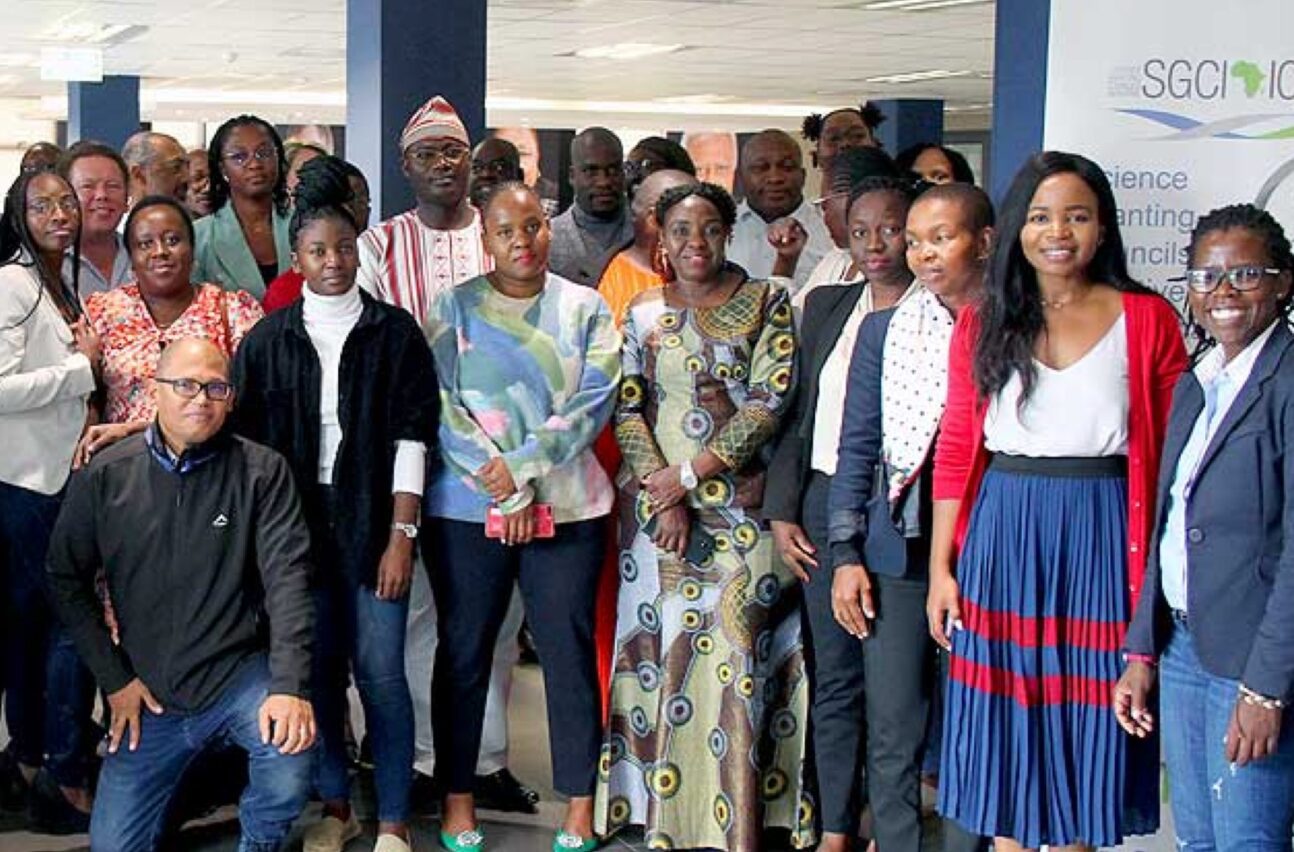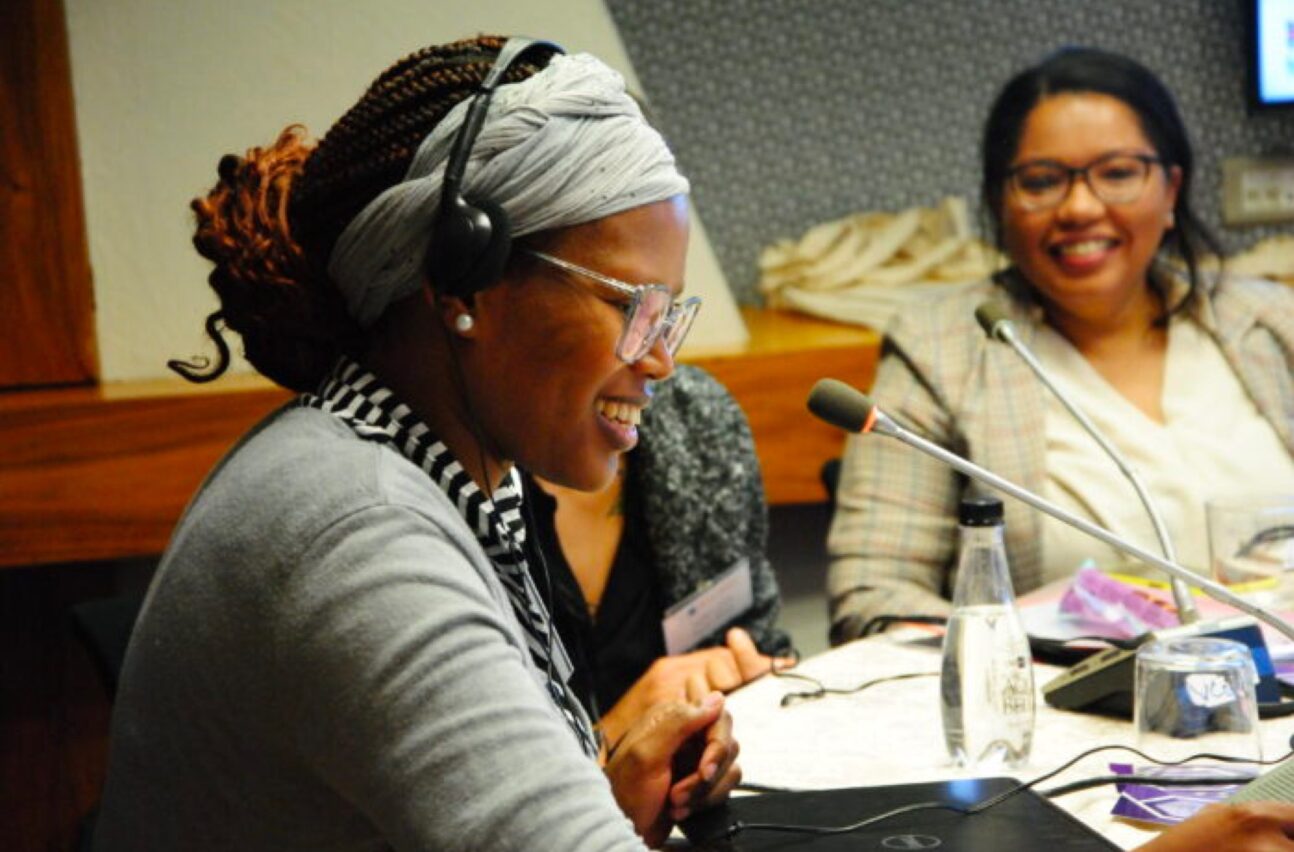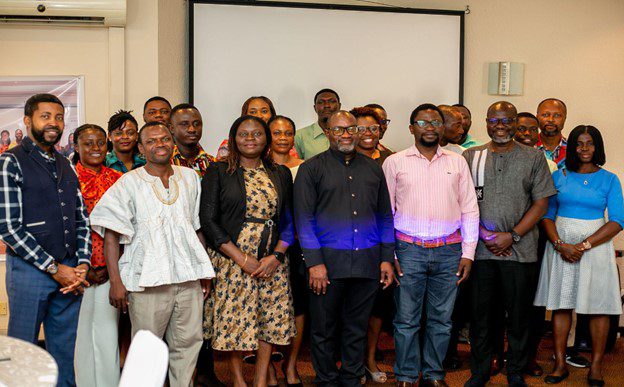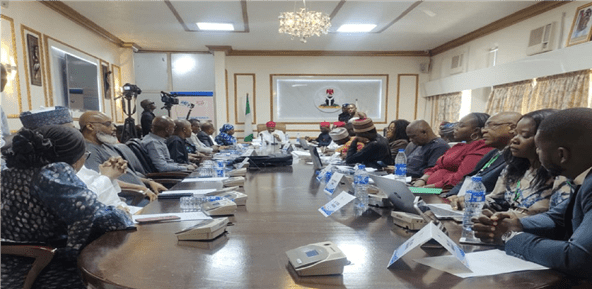Across Africa, researchers work hard to generate knowledge that could solve real-world problems. But many of these valuable findings never make it into decision-makers’ hands. To bridge this gap, this…
Across Africa, researchers work hard to generate knowledge that could solve real-world problems. But many of these valuable findings never make it into decision-makers’ hands. To bridge this gap, this practical guide – Writing an Effective Policy Brief: A Practical Guide for Researchers in Africa – helps researchers turn their insights into clear, compelling, and actionable policy briefs that speak directly to policymakers.
This guide is part of the SCRIPT science communication training delivered by SciDev.Net and CABI to African researchers on behalf of the Science Granting Councils Initiative (SGCI). It is designed for African researchers who want to influence change through their work.
Why policy briefs matter
Most researchers hope their work will have a positive impact on society. However, without clear communication, even the best research risks going unnoticed. A well-written policy brief helps researchers share their findings in a format that policymakers can understand and use. It’s one of the most effective ways to connect science to action.
The guide explains that elected or appointed policymakers often make critical decisions based on limited time and information. A policy brief cuts through the noise by presenting clear evidence and practical recommendations.
Understanding key concepts
Before diving into the structure of a policy brief, the guide defines three essential terms:
- Policy: A set of decisions or principles to achieve a goal.
- Policymaker: Someone who makes decisions on behalf of a government or institution.
- Policy brief: A short, evidence-based document – typically 2 to 4 pages – that summarizes research and recommends specific actions.
Step-by-step guide to writing a policy brief
The guide outlines a simple, practical process to create a strong policy brief:
1. Start with a one-paragraph summary
This short paragraph should cover four things:
- The societal problem your research addresses
- Your key finding
- Why it matters
- What action you recommend
This paragraph sets the tone for the entire brief and helps you stay focused.
2. Structure your brief clearly
A strong policy brief includes:
- Title and identity of the institution
- Executive summary
- Introduction to the issue
- Main research findings
- Policy recommendations
- Conclusion
- References and contact details
The guide stresses the importance of layout—bullet points, headings, and visuals make the brief easier to read.
3. Use simple language
Avoid technical terms. Instead of “photovoltaic modules,” say “solar panels.” Instead of “encroacher bushes,” use “weeds.” Use examples, comparisons, and visuals to make abstract ideas concrete.
4. Highlight what matters most
Focus on the information that is most relevant to the policymaker. What problem are you solving? How does your finding help? What should they do next?
5. Craft specific recommendations
Policy advice should be clear, realistic, and linked to your findings. If possible, offer a few options and explain the pros and cons before giving your final recommendation.
Bringing it all together
In the final section, the guide offers practical tips to make your brief stand out:
- Keep it short—2 to 4 pages is ideal.
- Use a clear and catchy title.
- Make the content visually engaging.
- Ensure every section speaks to the needs of policymakers.
Why this policy brief guide is important
This guide empowers African researchers to use their voices more effectively. By turning research into clear policy briefs, they can inform strategies, shape development plans, and help governments make smarter decisions.
Themes
The SGCI aims to strengthen the capacities of these SGCs to support research and evidence-based policies that will contribute to economic and social development.








